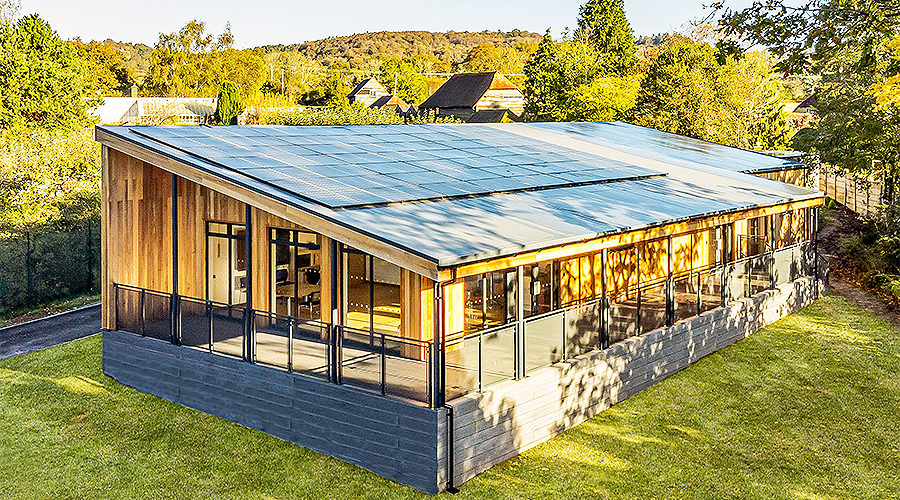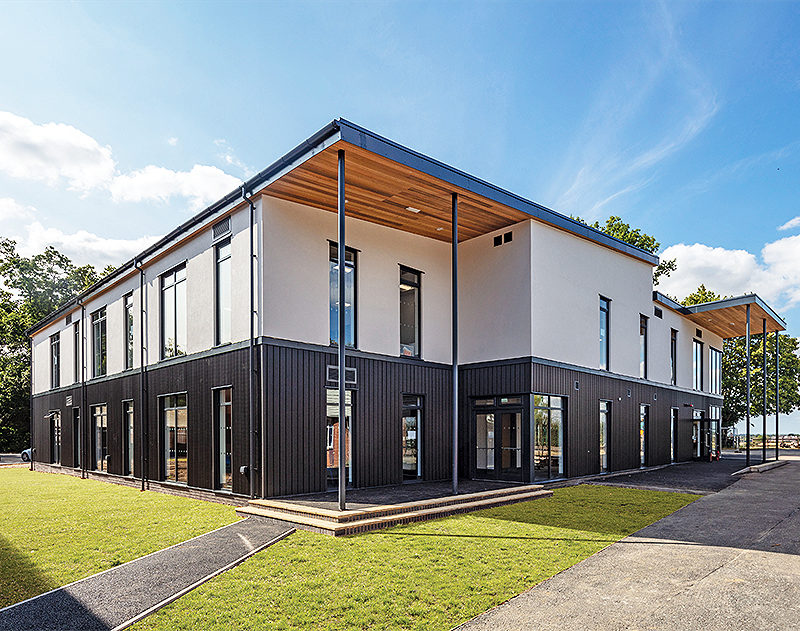If we are to achieve the 2050 net-zero target, timber will have a vital role to play in construction. Timber acts as a carbon sink and all trees harvested in schemes such as FSC or PEFC are replaced by at least two more trees.
TG Escapes
The UK Government department DEFRA, has published a policy document outlining its plans to increase the use of timber in construction in England, setting out a number of ambitious goals, which include:
• Increasing the supply of sustainable timber with the intent to increase the supply of sustainable timber by 50% by 2030. This will involve working with the forestry industry to improve productivity and efficiency, whilst developing new sources of timber.
• Improving the timber building skills of the construction workforce via investment in training and apprenticeships.
• Addressing fire safety and durability concerns working with industry to develop new fire safety standards for timber buildings that are durable and long-lasting.
The Government believes that increasing the use of timber in construction can deliver a number of benefits, including:
• Reduced carbon emissions: Timber is a renewable resource that can help to reduce the carbon emissions associated with construction.
• Improved air quality: Timber can help to improve air quality by absorbing carbon dioxide from the atmosphere.
• Support for the forestry industry: Increasing the use of timber will support the forestry industry and create jobs in rural areas.
• Sustainable construction: Timber is a sustainable material that can be used to build long-lasting and energy-efficient buildings.
The Government’s roadmap is a positive step towards increasing the use of timber in construction. However, there are a number of challenges that need to be addressed in order to achieve the roadmap’s goals including:
• The availability of sustainable timber: The UK currently imports most of its timber, and there is a need to develop more sustainable sources.
• The skills of the construction workforce: There is a shortage of skilled carpenters and joiners in the UK.
• Fire safety standards: There are concerns that timber buildings may not be as fire-safe as traditional brick and concrete buildings.
• Durability: There are concerns that timber buildings may not be as durable as traditional brick and concrete buildings.
Despite these challenges, the UK Government’s roadmap is a welcome initiative that has the potential to make a significant contribution to the UK’s sustainability goals. By working with industry to address the challenges, the Government can help to make timber a more common sight on UK building sites in the years to come.
At TG Escapes, we have always been advocates of timber and our modular solutions are able to achieve lifetime net-zero certification partly because of the volume of timber in our buildings. We welcome this roadmap but the speed of travel must be faster if the net-zero targets are to be achieved.
Chris Leese is Technical Director at TG Escapes Modular Eco-Buildings, Gold Members of the Structural Timber Association and ConstructionLine.









